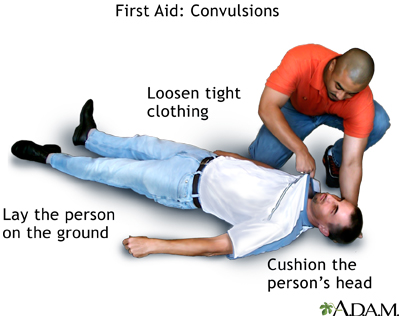A woman in week 34 of pregnancy reports that she is very uncomfortable because of heartburn. The nurse would suggest that the woman: (Select the one most appropriate answer.
Eat five small meals daily.
Lie down after each meal.
Reduce the amount of fiber she consumes.
Substitute other calcium sources for milk in her diet.
The Correct Answer is A
Choice A reason: Eating five small meals daily can help reduce heartburn in pregnancy by preventing overeating and reducing the pressure on the stomach from the growing uterus. It can also help maintain a steady blood glucose level and prevent nausea and vomiting.
Choice B reason: Lying down after each meal can worsen heartburn in pregnancy by allowing the stomach acid to reflux into the esophagus. It can also cause breathing difficulties and increase the risk of aspiration. The woman should avoid lying down for at least two hours after eating and elevate her head and chest when sleeping.
Choice C reason: Reducing the amount of fiber she consumes can cause constipation and hemorrhoids in pregnancy, which can increase the discomfort and pain. Fiber is important for maintaining a healthy digestive system and preventing gestational diabetes and preeclampsia. The woman should consume at least 25 grams of fiber per day from fruits, vegetables, whole grains, beans, and nuts.
Choice D reason: Substituting other calcium sources for milk in her diet can deprive the woman and the baby of essential nutrients, such as protein, vitamin D, and riboflavin. Milk is not a common cause of heartburn in pregnancy, unless the woman is lactose intolerant or allergic to dairy products. The woman should consume at least three servings of dairy products per day or take calcium supplements as prescribed.
Nursing Test Bank
Naxlex Comprehensive Predictor Exams
Related Questions
Correct Answer is D
Explanation
Choice A reason: Magnesium sulfate does not improve patellar reflexes and increase respiratory efficiency. In fact, it may cause hyporeflexia and respiratory depression as adverse effects. These are signs of magnesium toxicity and require immediate intervention.
Choice B reason: Magnesium sulfate does not prevent a boggy uterus and lessen lochial flow. A boggy uterus is a sign of uterine atony, which can lead to postpartum hemorrhage. Lochia is the normal vaginal discharge after childbirth. Magnesium sulfate has no effect on these conditions.
Choice C reason: Magnesium sulfate does not shorten the duration of labor. It may actually prolong labor by relaxing the uterine muscles and inhibiting contractions. Magnesium sulfate is not used to induce or augment labor.
Choice D reason: Magnesium sulfate is used to prevent and treat convulsions in women with preeclampsia and eclampsia. Convulsions are a life-threatening complication of severe hypertension during pregnancy. Magnesium sulfate acts as a central nervous system depressant and anticonvulsant. It reduces the risk of seizures and lowers blood pressure.

Correct Answer is D
Explanation
Choice A reason: Asking the woman to reschedule the appointment for the examination is not the best response, as it may delay the detection and treatment of any potential problems. The nurse should inform the woman about the possible effect of the vaginal cream on the Pap test and offer her the option to reschedule or proceed with the examination.
Choice B reason: Asking the woman to describe the symptoms that indicate to her that she has a vaginal infection is a good way to assess the woman's condition and provide education, but it is not the initial response. The nurse should first inform the woman about the possible effect of the vaginal cream on the Pap test and then ask her about her symptoms.
Choice C reason: Reassuring the woman that using vaginal cream is not a problem for the examination is not true, as vaginal creams can alter the pH of the vaginal environment and affect the accuracy of the Pap test. The nurse should inform the woman about the possible effect of the vaginal cream on the Pap test and explain the importance of avoiding vaginal creams, douches, or intercourse for 48 hours before the test.
Choice D reason: Informing the woman that vaginal creams may interfere with the Pap test for which she is scheduled is the best response, as it educates the woman about the purpose and procedure of the Pap test and allows her to make an informed decision about whether to reschedule or proceed with the examination. The nurse should also explain the risks and benefits of both options and respect the woman's choice.
Whether you are a student looking to ace your exams or a practicing nurse seeking to enhance your expertise , our nursing education contents will empower you with the confidence and competence to make a difference in the lives of patients and become a respected leader in the healthcare field.
Visit Naxlex, invest in your future and unlock endless possibilities with our unparalleled nursing education contents today
Report Wrong Answer on the Current Question
Do you disagree with the answer? If yes, what is your expected answer? Explain.
Kindly be descriptive with the issue you are facing.
